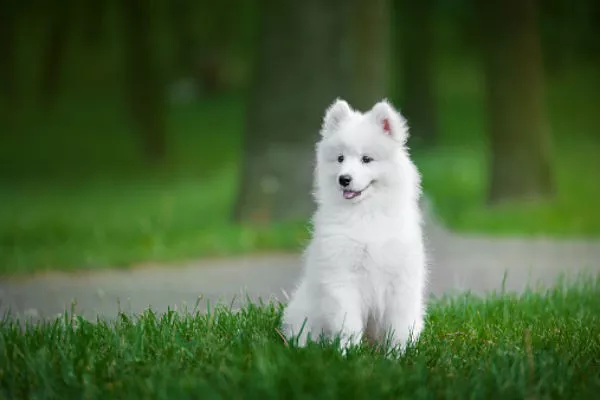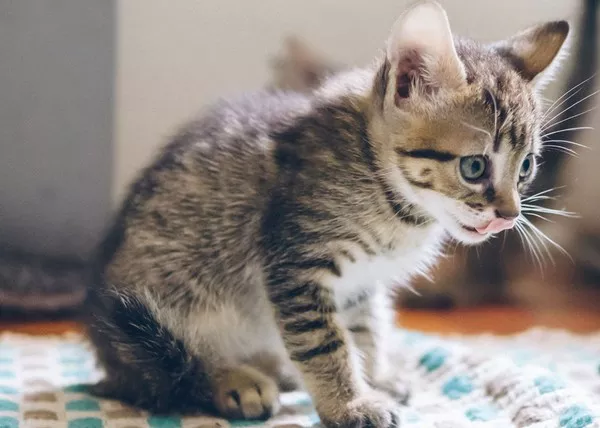In a University of Florida-led study, scientists allowed pet dogs (Canis lupus familiaris) to pick their favorite food and favorite toy, then put them head to head in an experiment simulating a training experience; 9 out of 10 dogs responded more strongly to the food reward.
“I was surprised, but nobody’s looked at how dogs will work for toys versus food before,” said study’s senior author Dr. Nicole Dorey, a lecturer at the University of Florida.
For the study, Dr. Dorey and colleagues recruited and tested a total of 10 pet dogs.
Each dog was shown six food items — including treats, cheese, carrots and hot dogs — and six toys, such as a tennis ball, a squeak toy, a plastic bone or a stuffed animal.
Each dog then had a chance to choose their favorite food and favorite toy.
In another set of experiments, the dogs had to work harder and harder for their reward.
Most dogs gave up earlier when offered a preferred toy reward than when given their favorite treat.
Other studies have shown that dogs might prefer human attention to food.
“I think the next study should look at all three — attention, food, and toys — and what dogs really like best when training,” Dr. Dorey said.
Some dog trainers suggest using toys instead of food in training to avoid excess calories and to make the experience more fun for the dog.
If dog owners want to follow this advice, the key is to not have toys competing with food.
“You can definitely train your dog with toys if you start really early,” Dr. Dorey said.
“This is what’s done with search and rescue dogs, they start really early with toys as a reinforcer.”
A paper on the findings was published in the journal Animals.


























